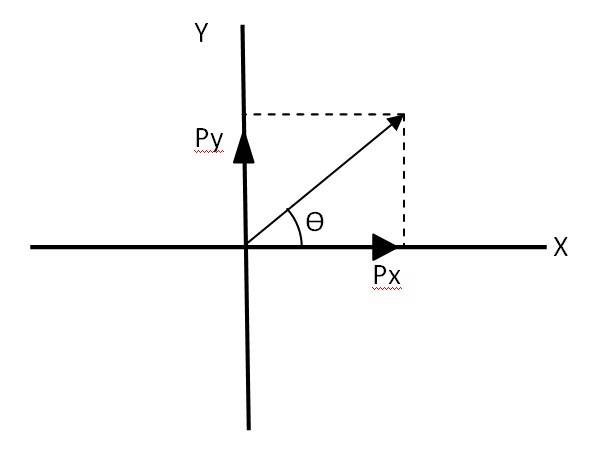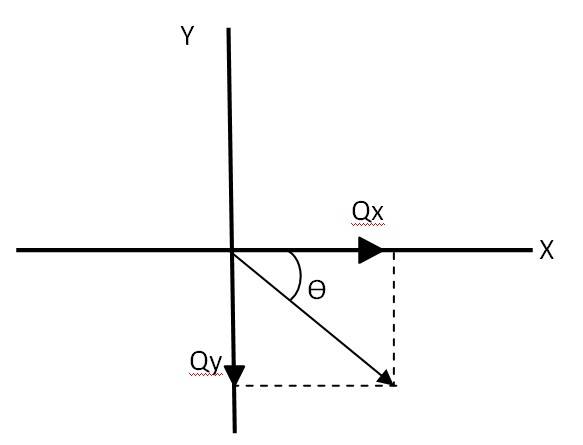How are base and derived units explained in NCERT Solutions?
-
1 Answer
-
NCERT Solutions differentiates between base units (like meter, kilogram, second) and derived units (like Newton, Joule, Pascal). The fundamental quantities defined by the SI system are the base units and the combinations of these base units are called the derived units. NCERT solutions include a list of base and derived units and explain how derived units are formed while using base units. By practising NCERT solutions, the students learn to convert units and identify correct dimensional formulas for any physical quantity. Understanding of these concepts is crucial as all the chapters ahead will include these units, formulas and calcul
...more
Similar Questions for you
Yes, there are many numerical problems in class 11 Physics. All important formulas must be on figure tips.
Class 11 Physics Chapter 11 is Thermodynamics. It is one of the most important topic in Physics.
There are three main processes Isothermal, adiabatic and cyclic process. In isothermal, the system is thermally conductive and the temperature remains constant. In adiabatic process, the system is thermally isolated and there is no change in heat temperature. The system returns to its initial stage in the cyclic process.
4.22

Let us consider a vector . The equation can be written as
Px = Py = 1 = = = …….(i)
So the magnitude of vector + =
Let be the angle made by vector , with the x axis as given in the above figure
= = , = 45 with the x axis

Let = -
– = ( –
= = 1
= =
Hence = . Therefore the magnitude of ( + =
Let
Taking an Exam? Selecting a College?
Get authentic answers from experts, students and alumni that you won't find anywhere else
Sign Up on ShikshaOn Shiksha, get access to
- 66k Colleges
- 1.2k Exams
- 680k Reviews
- 1800k Answers

